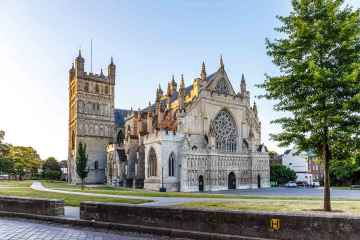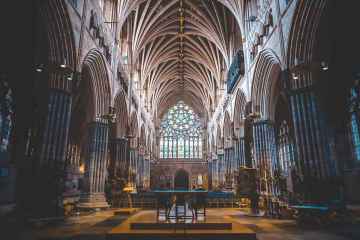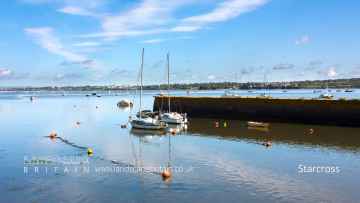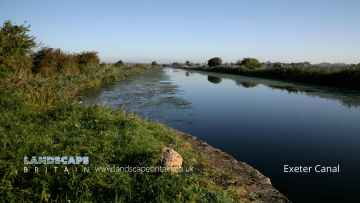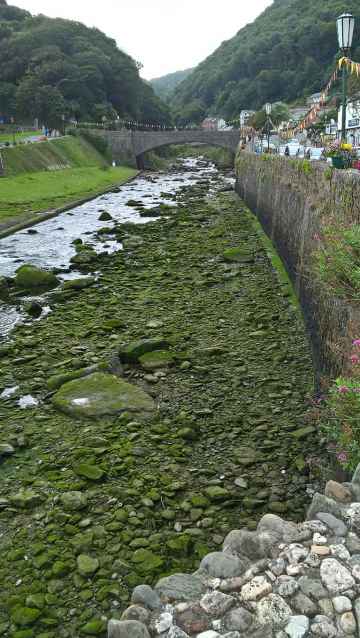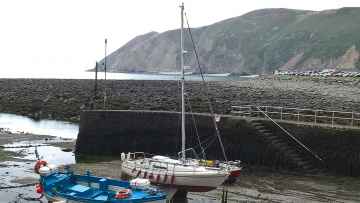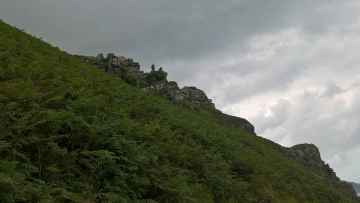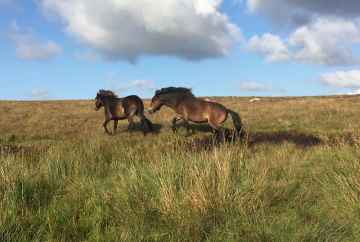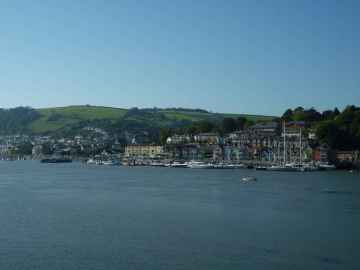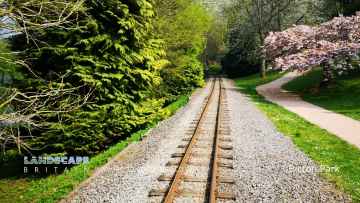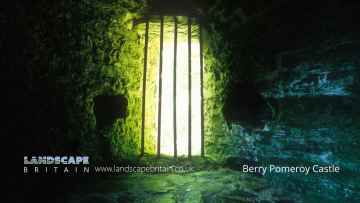Barnstaple
Barnstaple is a Town in the county of Devon.
Barnstaple postcode: EX32 7
There are great places to visit near Barnstaple including some great cities, historic buildings, villages, canals, rivers and streams, beaches, geological features, sssis, hiking areas, nature reserves, towns, parks, airports, castles and ruins.
Places near Barnstaple feature a number of interesting cities including Exeter.
Barnstaple's best nearby historic buildings can be found at Exeter Cathedral, St Mary Steps, and St Stephen's Church - Exeter.
Barnstaple's best nearby villages can be found at Starcross, Lynton and Lynmouth, Littleham, Otterton, Branscombe, Beer, and Hope Cove.
Exeter Canal, and Grand Western Canal at Tiverton are some of Barnstaple best canals to visit near Barnstaple.
Barnstaple is near some unmissable rivers and streams like East Lyn River,
The area around Barnstaple boasts some of the best beaches including Blacklands Beach, Branscombe Beach, and Hope Cove.
Geological Features to visit near Barnstaple include Valley of Rocks.
The area around Barnstaple's best sssis can be found at Dartmoor.
Dartmoor is one of Barnstaple's best, nearby hiking areas to visit in Barnstaple.
Nature Reserves to visit near Barnstaple include Dartmoor.
Barnstaple's best nearby towns can be found at Dartmouth, Tiverton, Crediton, Topsham, Budleigh Salterton, Sidmouth, and Seaton.
The area around Barnstaple's best parks can be found at Bicton Park.
The area around Barnstaple's best airports can be found at Exeter Airport.
There are a number of castles near to Barnstaple including Berry Pomeroy Castle.
The area close to Barnstaple boasts some of the best ruins including Berry Pomeroy Castle.
Barnstaple History
There are some historic monuments around Barnstaple:
Places to see near Barnstaple
History of Barnstaple
In the 1340s the merchants of the town claimed that the rights of a free borough had been granted to them by King Athelstan in a lost charter. Although this was challenged from time to time by subsequent lords of the manor, it still allowed the merchants an unusual degree of self-government. The town’s wealth in the Middle Ages was founded on its being a staple port licensed to export wool. It had an early merchant guild, known as the Guild of St. Nicholas. In the early 14th century it was the third richest town in Devon, behind Exeter and Plymouth, and it was the largest textile centre outside Exeter until about 1600. Its wool trade was further aided by the town’s port, from which in 1588 five ships were contributed to the force sent to fight the Spanish Armada. Barnstaple was one of the “privileged ports” of the Spanish Company, (established 1577) whose armorials are visible on two of the mural monuments to 17th century merchants[b] in St Peter’s Church, and on the decorated plaster ceiling of the former “Golden Lion Inn”, 62 Boutport Street (now a restaurant next to the Royal and Fortescue Hotel).[c] The developing trade with America in the 16th and 17th centuries greatly benefited the town. The wealthy merchants that this trade created built impressive town houses, some of which survive behind more recent frontages they include No. 62 Boutport Street, said to have one of the best plaster ceilings in Devon. The merchants also built several almshouses including Penrose’s, and ensured their legacy by dedicating elaborate monuments to their families inside the church.











